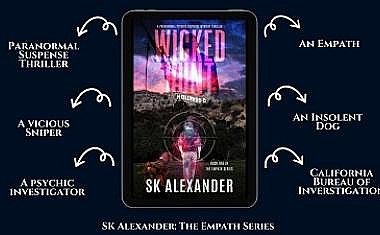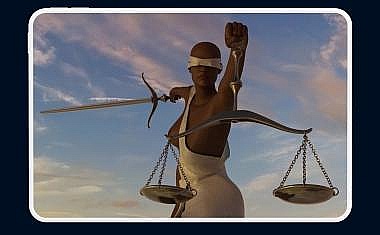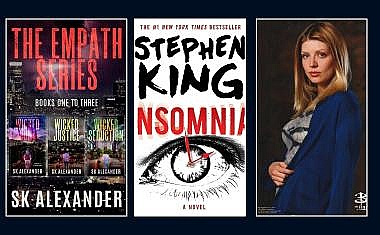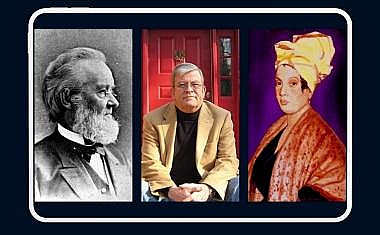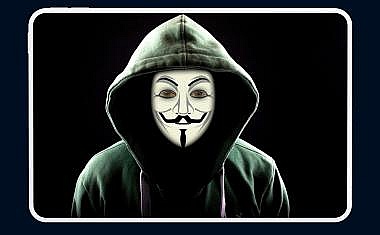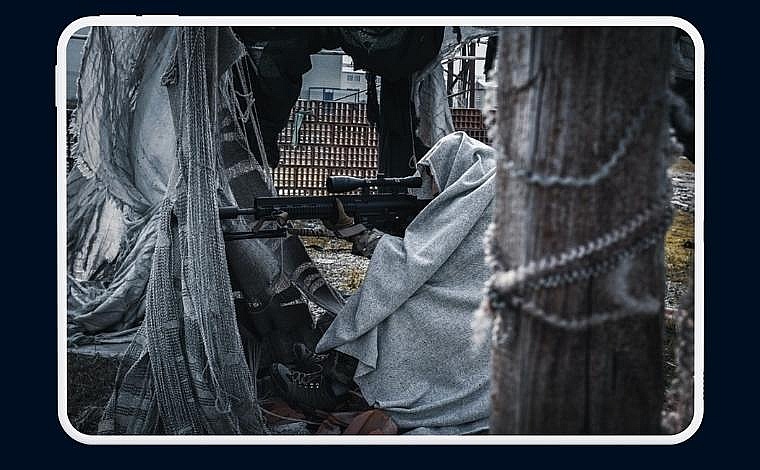
Snipers: The Lurking Hunters
Criminal snipers, or long-distance shooters, embody the epitome of deadly precision. This article explores sniper archetypes, their modus operandi, and select examples.
“History shows that criminal long-distance shooters have similar motivations. Some are power- or thrill-seekers like Mohammad and Malvo, while others kill because of a mental illness. There are mission-oriented long-distant shooters like Oswald, Joseph Paul Franklin, or John Ausonius. And last but not least, there are contract killers who kill from a distance.”
— Nathaniel Colt in Wicked Hunt
Criminal snipers and active shooters
The threat of sniper and active shooter attacks is chilling because they can occur at any time, in any place. Yet, their methods and motivations differ. The active-shooter engages in a systematic, close-range assault, moving among victims.
Snipers, however, typically fire from concealed, long-range positions. These are rarely spontaneous incidents. Instead, they’re meticulously planned endeavors that involve weapon acquisition, ammunition stockpiling, camouflage preparation, scouting, and rigorous practice.
Only in targeted assassinations do the perpetrators typically know their victims. They’re just random strangers, or stand-ins for people the sniper knows.
Sniper archetypes: hit-and-run vs. barricaded perpetrators
Long-distant shooters fall into one of two broad categories: Hit-and-run snipers unleash their deadly volleys and swiftly change locations. They either relocate to a different hideout for subsequent attacks or completely withdraw from the scene. Infamous cases are the attacks of Mark Essex, who targeted New Orleans police officers in 1972 and 1973, and the Beltway Snipers, John Allen Muhammad, and Lee Boyd Malvo.
Barricaded snipers attack their targets and stay in their location. They continue their rampage until the police stop them, or they end the attack on their own—like Stephen Paddock, the Las Vegas shooter from 2017.
Lee Harvey Oswald: Kennedy's assassin
Probably the most famous sniper is Lee Harvey Oswald who, on November 22, 1963, assassinated U.S. President John F. Kennedy in Dallas, Texas. Only two days later, Jack Ruby fatally shot Oswald as police transferred him to the county jail.
Oswald was a hit-and-run sniper who abandoned his Italian Carcano (also known as “Mannlicher-Carcano”) M91/38 bolt-action rifle immediately after shooting Kennedy and exited the Depository building, where he worked. The police later arrested him at the Texas Theater.
Unlike his attack on the far-right extremist General Edwin Walker, Oswald harbored no personal ill will toward President Kennedy. One of his motives was Kennedy’s aggressive stance toward the Cuban government, particularly after the 1961 Bay of Pigs invasion.
In the early 1950s, an intense interest in the Rosenberg affair shaped Oswald's ideological path. A court convicted American citizens Julius and Ethel Rosenberg of spying for the Soviet Union. After reading Marxist literature, he blamed all his problems on the capitalist system he saw as oppressive.
Joseph Paul Franklin: A tale of hatred and violence
Joseph Paul Franklin (born James Clayton Vaughn, Jr.) was a white supremacist serial killer, attempted assassin, bomber, and homegrown terrorist whose reign of terror lasted from 1977 to 1980.
In high school, Franklin encountered far-right ideologies and neo-Nazism. He eventually joined the National Socialist White People’s Party, the National States’ Rights Party, and the local Ku Klux Klan. Adolf Hitler’s political manifesto, Mein Kampf, inspired Franklin to start a race war. “I've never felt that way about any other book that I read,” he would reflect later. “It was something weird about that book.”
In 1976, Franklin wrote a letter to Jimmy Carter, in which he threatened to kill the President for his pro-civil rights views. The same year, he adopted the name “Joseph Paul Franklin”, a macabre homage to Nazi minister of propaganda Paul Joseph Goebbels and Benjamin Franklin.
Franklin committed his first murder in October 1977, opening fire at a Jewish synagogue, killing one person and wounding two others. Franklin had a range of targets, including Larry Flynt, the magazine publisher, whom he tried to assassinate in 1978. He murdered fifteen people during his rampage.
Franklin meticulously planned every shooting. He scoped out the best spots to hide the weapons he planned to use. He removed the serial numbers from his firearms and discarded them after every attack.
On September 25, 1980, authorities arrested Franklin in Florence, Kentucky, but he escaped from custody. The police would eventually recapture him in Lakeland, Florida. Franklin was executed by lethal injection in 2013.
John Ausonius: The Laser Man's reign of hatred
John Wolfgang Alexander Ausonius, born Wolfgang Alexander John Zaugg, was a Swedish serial killer, sniper, and vigilante. Ausonius first used a rifle equipped with a laser aiming device, which earned him the moniker “The Laser Man” in the Swedish media. He later switched to a Smith & Wesson revolver fitted with a silencer.
Ausonius left his job driving a taxi to try his hand at trading stocks and bonds, and at first, he was very successful. However, when his fortunes dwindled, he robbed banks to maintain his lifestyle. Driven by intense hatred of leftists and immigrants, Ausonius went on a shooting spree in Sweden (1991-92), killing one and wounding eleven. His goal was to terrorize immigrants and force them from Sweden.
Police initially suspected him of the 1986 murder of Swedish Prime Minister Olof Palme, but exonerated him because he was in jail at the time.
Ausonius’s arrest for a bank robbery in June 1992 led to a life sentence at Österåker Prison. A German court convicted him in 2018 of murdering 68-year-old Blanka Zmigrod, a Jewish woman he had shot during a robbery in Frankfurt in February 1992.
Ausonius and Franklin have many commonalities: Each adopted a new name, struggled in school, joined extremist groups, and committed long-distance shootings targeting those they viewed as lesser. Both also robbed banks to sustain their ideologies and lifestyles.
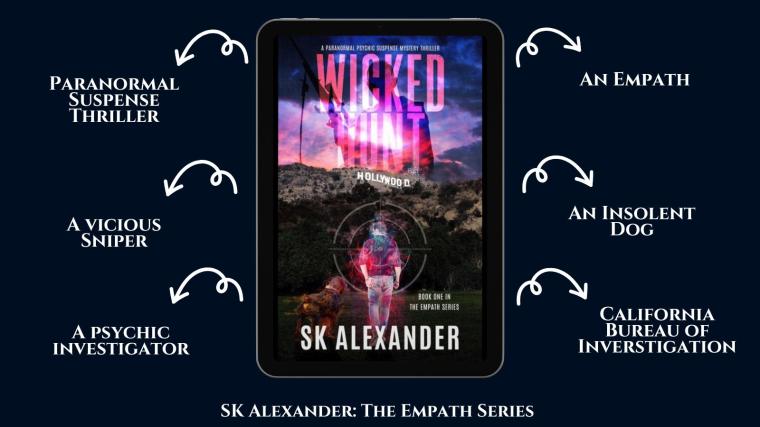
Buy Wicked Hunt
In Wicked Hunt, empath Nathaniel Colt becomes embroiled in the hunt for a ruthless sniper terrorizing Los Angeles.
It is the first book in "The Empath Series", a paranormal suspense series about a reclusive empath rejoining the world and the people he left behind.



